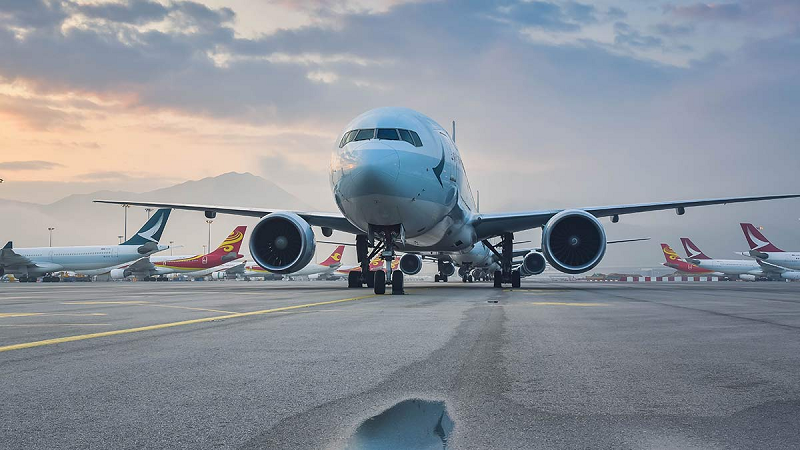
The Indian Railways was keen to test the glitch adequately before the May-June holidays when the demand for confirmed tickets is highest.
The expectations of confirmed tickets in Railways will be high now.
Indian Railways has completed large-scale testing of an artificial intelligence program designed to fix waiting lists. Starting a new era, the AI-driven module has enabled the Railways to reduce its waiting list by five to six percent.
Most passengers had confirmed tickets at the time of the test
At the end of the trial, most passengers had only confirmed tickets at the time of booking. Developed by the Center for Railway Information Systems (CRIS), the in-house software arm of the Railways, the 'Ideal Train Profile' was fed with information on nearly 200 long-distance trains, including Rajdhani.

A senior Railway Board official told The Indian Express on condition of anonymity, “If a long-distance train has 60 stops, the AI has learned about 1800 possible ticket combinations. If there are 10 stops, there are usually about 45 ticket combinations and so on."
According to officials involved in the test, the 'ideal train profile' was made live at the beginning of the advanced reservation period, or 120 days before the departure of trains in this case, in late January. The trial included Passenger Reservation System in seven Zonal Railways. Officials said the railways were keen to test the glitch adequately before the May-June holiday period when the demand for confirmed tickets is highest.
Rail Bhawan managers have generally accepted that a large number of users turn away from the Railways simply because they do not get confirmed tickets. Sunil Kumar Garg, Additional Member (Commercial), Railway Board, gave this information in a letter written to the General Managers of Zonal Railways at the beginning of the AI trial.
Starting additional passenger trains a challenge- Sunil Garg

Sunil Garg wrote in a letter, “Increasing competition from a long distance high-class airlines and short-distance travel by buses has been a cause for concern. Further introducing additional passenger trains to meet the increase in some of the congested sections has been a challenge. The need for a robust passenger profile management based seat-quota redistribution to augment the revenue of the existing reserved trains was long felt.”










